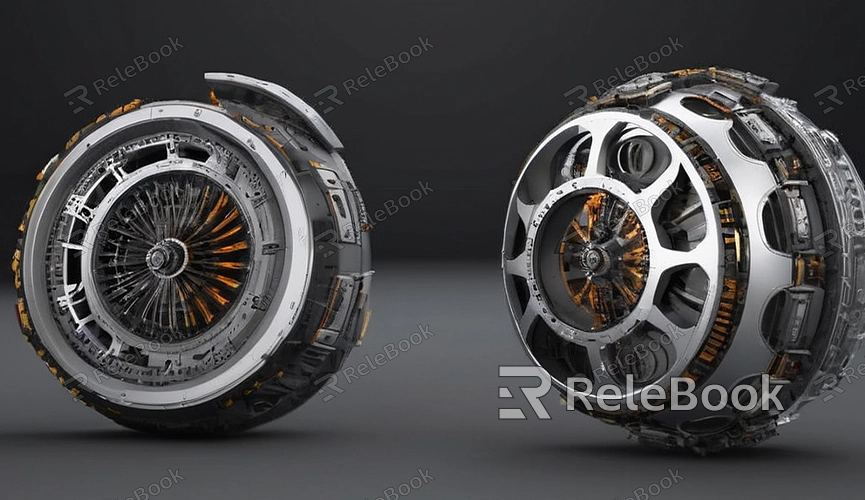How to create 3d models for 3d printer
With the advancement of 3D printing technology, more people are using it to bring various ideas and projects to life. Whether you're prototyping, modeling, or creating personalized items, the first step is creating a 3D model suitable for 3D printing. This article will detail how to create 3D models for 3D printing, helping you smoothly transition from concept to physical object.
Choosing the Right Software
Before creating a 3D model, choose suitable 3D modeling software. There are many options available such as Blender, Tinkercad, Fusion 360, SolidWorks, and more. For beginners, user-friendly software like Tinkercad is recommended; for those with modeling experience, Blender and Fusion 360 offer advanced features.

Basic Modeling Techniques
Mastering basic modeling techniques is crucial when starting to create 3D models:
1. Boolean Operations: Used for combining, subtracting, and intersecting shapes. For instance, Boolean operations can create complex geometric shapes or punch holes in models.
2. Extrusion and Revolving: Create 3D shapes by extruding or revolving 2D profiles. For example, draw a circular profile and extrude it into a cylinder or revolve it into a sphere.
3. Symmetry and Copying: Use symmetry and copying functions to quickly create complex and symmetrical model parts, saving time and ensuring precision.
Ensuring Printability
When creating 3D models, ensure they are printable by checking:
- Closed Meshes: Ensure all meshes are closed, meaning there are no holes. This is essential for 3D printing as open meshes can cause print failures.
- Normal Direction: Ensure consistent normal directions, meaning all faces' normals point outward. Incorrect normal directions can cause issues during printing.
- Wall Thickness: Check the model's wall thickness to ensure it's within the printer's printable range. Too thin walls may break during printing, while too thick ones can waste material.
Adding Support Structures
For complex models, you may need to add support structures to prevent overhangs from sagging during printing. Many 3D modeling software tools offer automatic support generation. Design supports that are easy to remove to avoid damaging the model surface.
Exporting to STL File
After creating the 3D model, export it as an STL file, the standard file format for 3D printing. Most 3D modeling software supports exporting models to STL format. Before exporting, ensure the model has been checked and corrected according to the steps mentioned earlier.
Using Slicing Software
Once exported as an STL file, use slicing software to convert it into G-code, which the printer can understand. Common slicing software includes Cura, PrusaSlicer, and Simplify3D. Import the STL file, set printing parameters like layer height, infill density, and print speed, then generate the G-code file.
Printing and Post-Processing
Transfer the generated G-code file to your 3D printer and start printing. After printing, perform post-processing as needed, such as removing support structures, smoothing surfaces, or applying colors. Different materials and printers may require different post-processing methods, so refer to the equipment's user manual for specifics.
If you need high-quality 3D textures, HDRI, or downloadable 3D models for creating models and virtual scenes, consider downloading them from Relebook and importing them directly into your project.
By following this guide, you should now have a grasp of the basic process of creating 3D models for 3D printing. From choosing software, modeling, ensuring printability, exporting to STL files, and using slicing software to generate G-code, each step is crucial. These techniques will help you effectively bring your creative ideas and projects to fruition.

